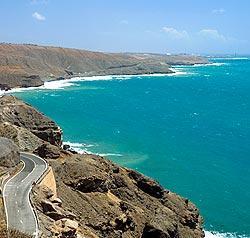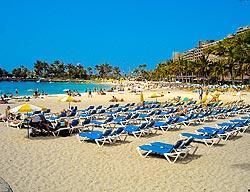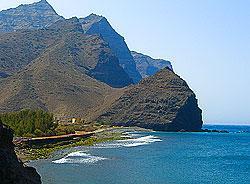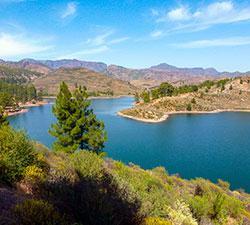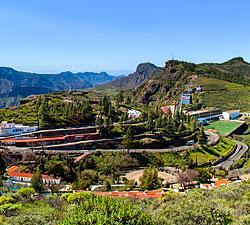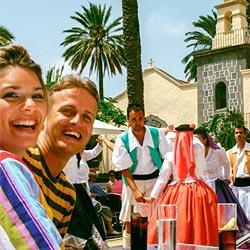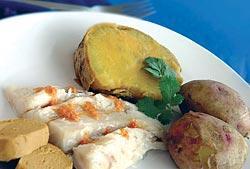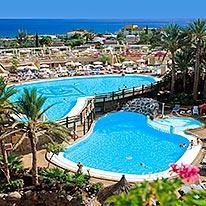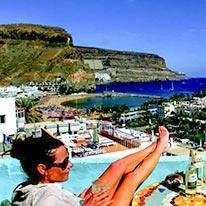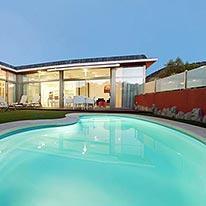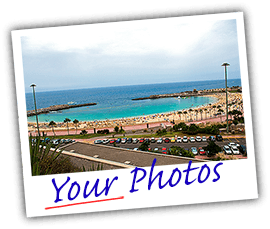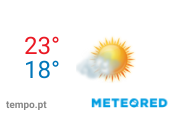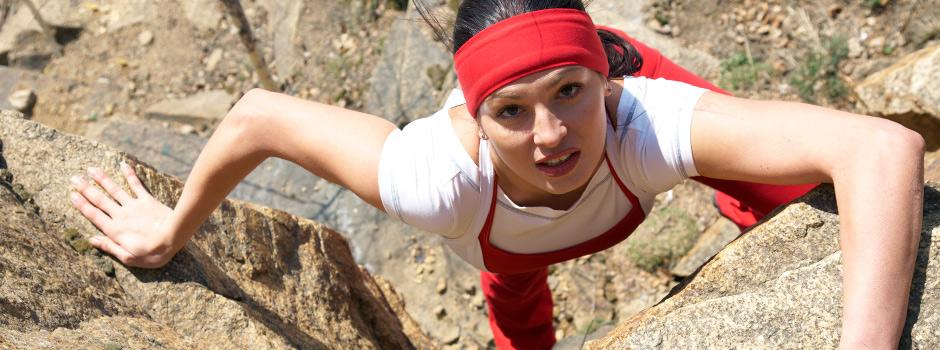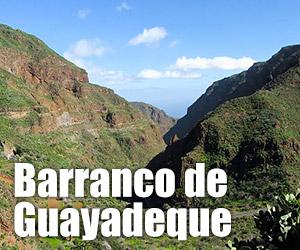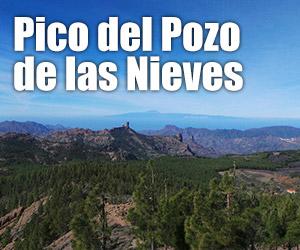An excellent all-year-round climate and an exceptional volcanic terrain with magnificent high peaks provide Gran Canaria with ideal conditions for practicing non-winter mountain sports, of which rock climbing has become one of the most popular in recent years. This has led to a growing number of enthusiastic climbers coming to the island and climbing school sites and clubs appearing everywhere.
Volcanic eruptions and erosion created a paradise for all lovers of this sport, with rugged rock formations, vertical cliffs, gullies, crests, cauldrons, rock needles, cracks, chimneys, wedges, overhangs. – everything a serious climber could wish for.
There are climbing sites to be found all over the island, although the most popular ones and also climbing schools are located in areas with good access possibilities and the best rock compositions. Recommended rock needles to climb include Roque Nublo (the first climbing site to be developed on the island with 12 excellent routes and endless difficulties), El Palmés in El Toscón de Tejeda, Betancuria in Ayacata or Narices at the foot of the north face of Roque Bentayga (where there are some climbing restrictions due to the archaeological importance of this site).
Close to El Nublo stands the rock circus of Ayacata, a sanctuary of traditional climbing with the biggest number of classical routes of different lengths and difficulty degrees. Elsewhere, there’s Tamadaba, an ancient mountain massif with vertical cliffs in the north west. Other enthralling climbing sites include Costa Ayala, Bañaderos and Las Meleguinas.
The leading site for sports and boulder climbing in the south, La Sorrueda, near Santa Lucia in the Tirajana gorge, attracts the most climbers. Along with Fatagonia and the southern gullies of Berriel and Ayagaures.
You can climb almost everywhere on the island, with the exception of some publicly-owned places, military terrains or sites of special ecological sensitivity. Nevertheless, all climbers need to respect, preserve and in no way disturb the natural environment and habitats wherever they climb.
Be aware that sports climbing – a sport with many risks – requires you to have certain documents for your own safety such as a federation licence, insurance policy covering civil liability, accidents, etc. In order to be fully prepared, we recommend getting in touch with the Canary Island Federation of Mountaineering and Climbing before your departure.



